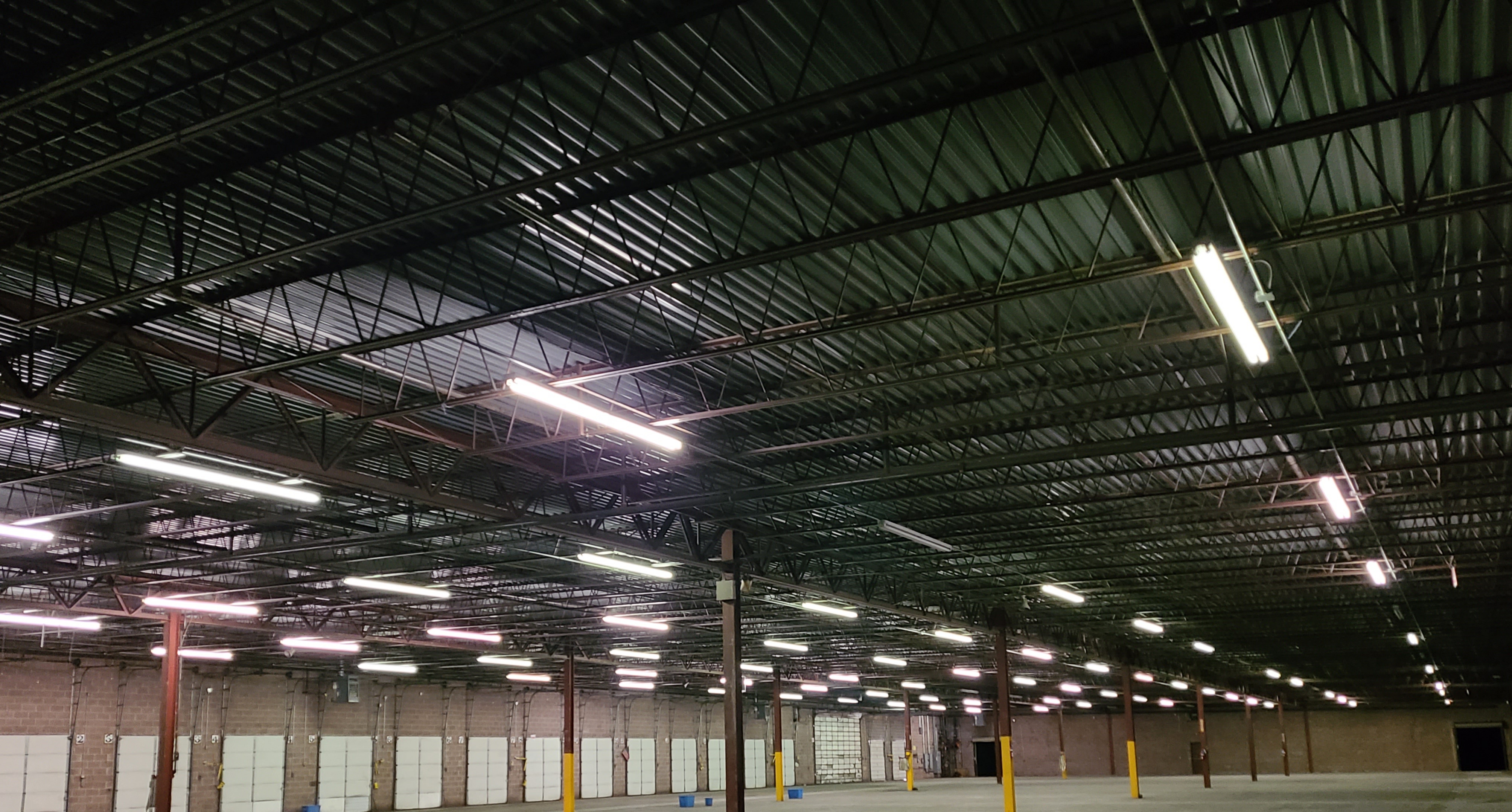Supply Chain Solutions and Management
As of 2024, supply chain challenges continue to persist across various industries. These issues have been influenced by a combination of factors, including:
- Global Disruptions: The COVID-19 pandemic and subsequent lockdowns disrupted manufacturing, transportation, and logistics worldwide. Although some recovery has occurred, lingering effects remain.
- Labor Shortages: Many regions are grappling with labor shortages, affecting production capacities and distribution networks. Finding skilled workers and retaining them remains a challenge.
- Transportation Bottlenecks: Congestion at ports, container shortages, and delays in shipping have impacted the movement of goods. This has led to increased costs and longer lead times.
- Raw Material Shortages: Supply constraints for critical raw materials (such as semiconductors, metals, and plastics) affect industries like electronics, automotive, and construction.
- Geopolitical Tensions: Trade disputes, sanctions, and geopolitical tensions between countries can disrupt supply chains and create uncertainty.
- Climate-Related Risks: Extreme weather events, natural disasters, and climate change pose risks to supply chains. Companies are increasingly focusing on resilience and sustainability.
- Digital Transformation: While technology advancements improve efficiency, they also introduce cybersecurity risks. Companies must balance innovation with security.
- Regulatory Changes: Evolving regulations related to trade, environmental standards, and labor practices impact supply chain operations.
To tighten supply chains and improve efficiency, a few suggested strategies include:
- Streamline Processes: Identify areas of inefficiency and implement processes which will eliminate bottlenecks and reduce lead times.
- Improve Communication: Enhance communication and collaboration between stakeholders in the supply chain to facilitate smoother coordination and faster decision-making.
- Technology: Implement supply chain management software and tools to track inventory, monitor shipments, and optimize routing for better visibility and control.
- Relationships: Build strong relationships with suppliers, carriers, and distributors to foster trust, transparency, and collaboration.
- Accurately Forecast Demand: Use data analytics and forecasting tools to predict demand more accurately, reducing stockouts or excess inventory.
- Manage Risks: Identify and assess potential risks in the supply chain and develop contingency plans to mitigate disruptions effectively.
- Continuous Improvement: Regularly review performance metrics, gather feedback, and strive for continuous improvement in all aspects of the supply chain.
In summary, supply chain challenges persist in 2024, requiring businesses to adapt, diversify, and invest in resilience to mitigate disruptions and ensure smoother operations. As a 3PL provider, KTI LTD helps manufacturers with additional warehouse storage space that may be needed for a short-term or long-term project as well as streamlining the supply chain, providing services such as container unload, sorting, shrink wrapping, and labeling pallets, cycle counts and inventory management, and shipping B2B or B2C or providing asset-based transportation services.
Our warehouse management system can be customized to our customers’ needs and through API or EDI, we are able to integrate seamlessly.
Our customers have found that we are often a more affordable option as we provide the labor, space, and expertise in inventory management while they focus on growing their business.
If you are seeking a 3PL partner and want to discuss a custom solution for your short-term or long-term storage needs or asset-based transportation, please call us at (540) 750-0081 or email us at kristi.birchfield@ktiltd.com




